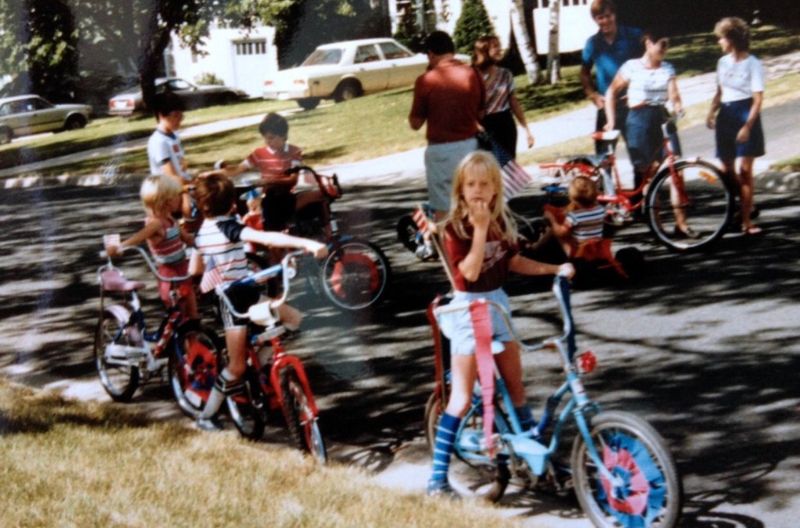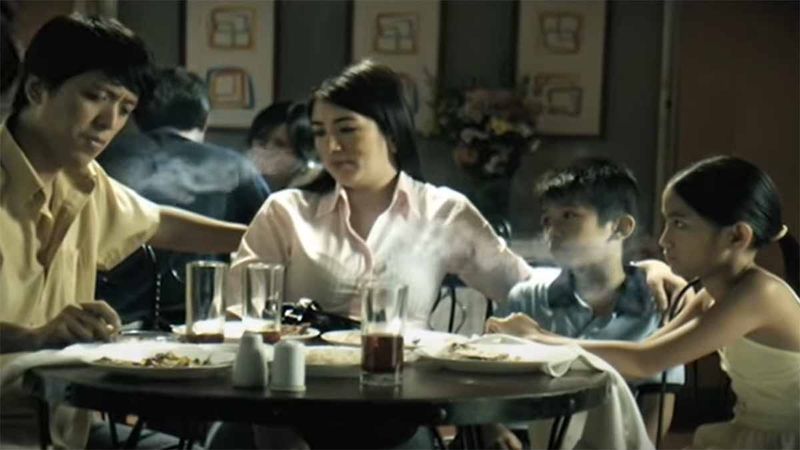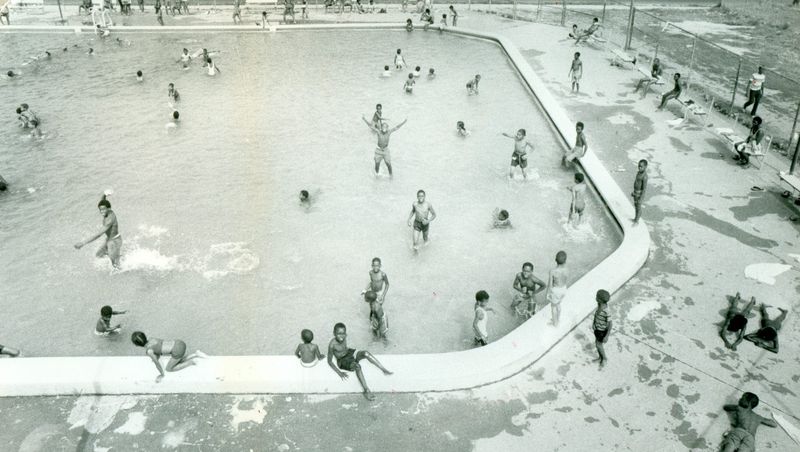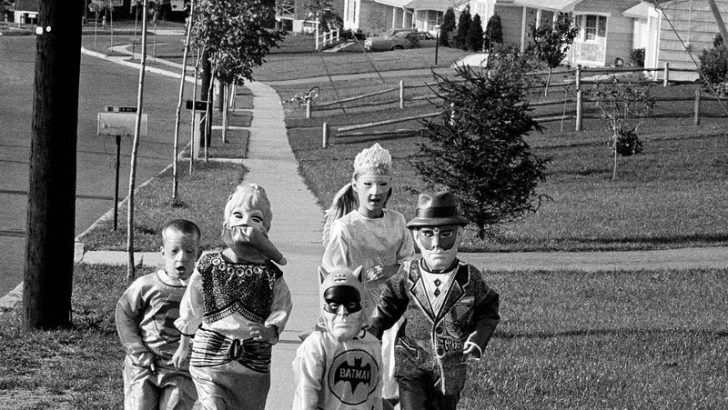Reflecting on past parenting norms offers a glimpse into practices that would be considered neglectful today. Our parents, often unaware of potential dangers, allowed behaviors that are now seen through a different lens. Here are nine such practices.
1. Riding Without Seatbelts

Imagine a time when seatbelts were merely a suggestion. Kids in the 1980s often rode unrestrained, bouncing around the back seat with glee. Safety regulations were lax, and parents believed their careful driving was protection enough.
However, the dangers were real. With no restraints, children were vulnerable during sudden stops or collisions. The carefree attitude of the past contrasts starkly with today’s emphasis on automotive safety and mandatory seatbelt laws.
Did you know? It wasn’t until the mid-80s that seatbelt laws started to gain traction in many areas. Now, buckling up is non-negotiable.
2. Playing Outside Until Dark

Streetlights were often the signal to head home. Kids roamed neighborhoods freely, exploring without adult supervision. This freedom fostered independence and creativity but also posed risks.
Today, such freedom might raise concerns about safety from traffic or strangers. The shift towards supervised play reflects changes in societal trust and the perceived dangers outside the home.
Fun fact: The phrase “be home before dark” was a common parental rule, showcasing the trust and autonomy given to children at that time.
3. No Helmets on Bikes

Biking was a staple of childhood, but helmets were rare. The wind in their hair, kids sped down streets oblivious to potential head injuries. Parents saw biking as a harmless pastime.
Today, helmets are essential for bike safety, reflecting a heightened awareness of injuries. The evolution of safety gear underscores a cultural shift towards protecting children from preventable harm.
Quirky bit: BMX biking gained popularity in the ’70s, yet it took decades for helmet use to become widespread. Now, helmets are as standard as the bikes themselves.
4. Smoking Around Children

Smoking was once a social norm, even around kids. In homes, cars, and public places, children inhaled secondhand smoke without a second thought. Parents, unaware of the health risks, didn’t see smoking as harmful.
The knowledge of secondhand smoke dangers has grown, leading to smoking bans in many public spaces. Parents now prioritize smoke-free environments, a clear shift from past practices.
Historical note: The anti-smoking movement gained momentum in the late 20th century, transforming public health policies and parental habits alike.
5. Minimal Supervision at Pools

Pools offered summer fun, often with little adult oversight. Kids splashed and swam, learning to navigate water safety on their own. The idea was that children could look out for each other.
Today, vigilant supervision is a must. The risks of drowning and water-related accidents are well-documented, prompting stricter safety measures at pools.
Fun fact: Swimming lessons for children became popular in the 1980s, yet many still learned by simply jumping in and figuring it out themselves.
6. Leaving Kids in the Car

Running errands often meant leaving kids in the car, doors unlocked, while parents shopped. This practice was convenient but risky, exposing children to potential harm from strangers or heat.
Modern awareness of these dangers has led to laws against leaving children unattended in vehicles. It’s a stark contrast to a time when parental convenience often outweighed potential risks.
Did you know? Public service announcements highlighting these dangers have dramatically reduced such incidents over the years.
7. Home Alone After School

Latchkey kids—a term for children who returned to empty homes after school—were common. Parents worked long hours, trusting children to manage until they arrived.
While fostering independence, this practice also left kids vulnerable without adult guidance. Today, after-school programs and childcare options reflect a focus on supervised environments.
Historical insight: The rise of dual-income households in the 1970s and 80s contributed to the prevalence of latchkey kids.
8. Drinking Water from Hoses

On hot days, a garden hose offered refreshing relief. Kids drank without hesitation, unaware of potential contaminants from the hose material. It was a quintessential summer activity.
Today, concerns about harmful chemicals have changed perceptions. Bottled and filtered water are now the go-to, reflecting a shift towards health-conscious choices.
Quirky fact: Despite concerns, many adults fondly recall the taste of hose water, a nostalgic reminder of carefree days.
9. Unsupervised Trick-or-Treating

Halloween once meant roaming neighborhoods without adults, bags ready for candy. This independence was thrilling but risky, with potential dangers lurking in the dark.
Today, supervised trick-or-treating is the norm, reflecting increased caution among parents. The spirit of adventure remains, but safety is paramount.
Fun tidbit: The 1980s saw urban legends about tampered candy, fueling parental vigilance during Halloween festivities.

